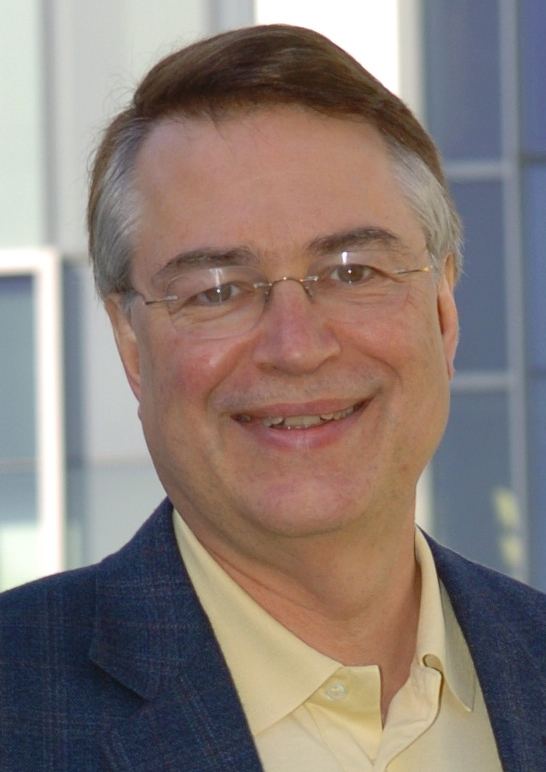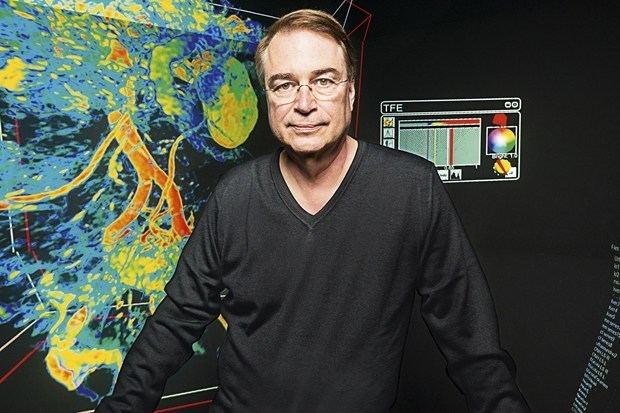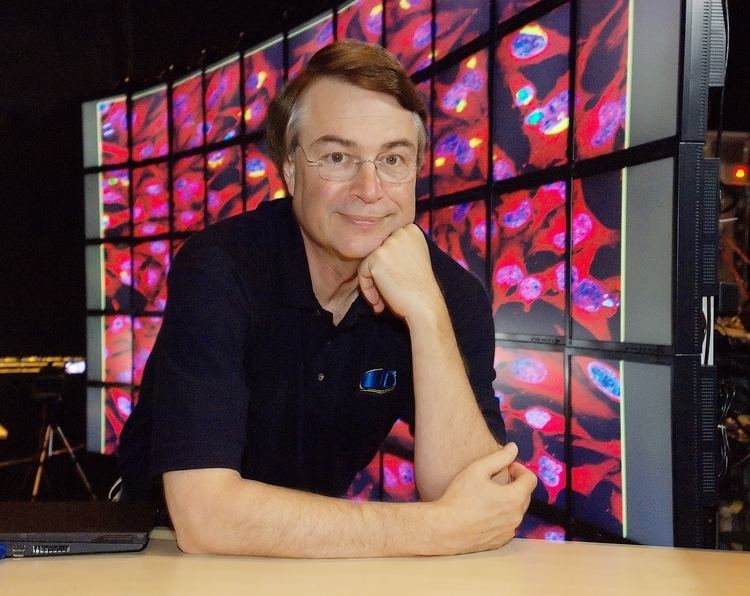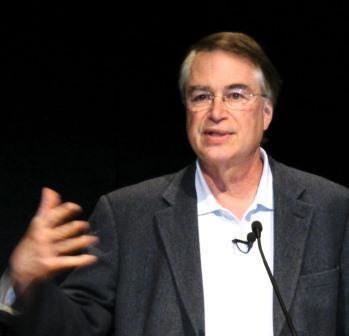Name Larry Smarr | Role Physicist | |
 | ||
Institutions Princeton UniversityYale UniversityHarvard UniversityUniversity of Illinois at Urbana-ChampaignUniversity of California, San Diego. Alma mater University of MissouriUniversity of Texas at Austin Thesis The Structure of General Relativity with a Numerical Illustration: The Collision of Two Black Holes (1975) Known for Quantified SelfMetacomputing Notable awards Member of the National Academy of EngineeringFellow of the American Physical SocietyFellow of the American Academy of Arts and SciencesDelmer S. Fahrney Medal (1990)Golden Goose Award (2014) | ||
Larry smarr can we quantify our own illness
Professor Larry Lee Smarr is a physicist and leader in scientific computing, supercomputer applications, and Internet infrastructure at the University of California, San Diego.
Contents
- Larry smarr can we quantify our own illness
- You are a superorganism larry smarr at tedxyouth sandiego 2012
- Education
- Research
- Awards and honors
- References

You are a superorganism larry smarr at tedxyouth sandiego 2012
Education

Smarr received his Bachelor of Arts and Master of Science degrees from the University of Missouri in Columbia, Missouri and received a Ph.D. in physics from the University of Texas at Austin in 1975.
Research

After graduating, Smarr did research at Princeton, Yale, and Harvard, and then joined the faculty of the University of Illinois at Urbana-Champaign in 1979. He is a Professor of Computer Science and Information Technologies at the University of California, San Diego.

While at Illinois Smarr wrote an ambitious proposal to address the future needs of scientific research. Seven other University of Illinois professors joined as co-Principal Investigators, and many others provided descriptions of what could be accomplished if the proposal were accepted. Formally titled A Center for Scientific and Engineering Supercomputing but known as the Black Proposal (after the color of its cover), it was submitted to the National Science Foundation in 1983. A scant 10 pages long, it was the first unsolicited proposal accepted and approved by the NSF, and resulted in the charter of four supercomputer centers (Cornell, Illinois, Princeton, and San Diego), with a fifth (Pittsburgh) added later. In 1985 Smarr became the first director of the Illinois center, the National Center for Supercomputing Applications.

Smarr continued to promote the benefits of technological innovation to scientific research, such as his advocacy of a high-speed network linking the national centers, which became the NSFnet, one of the significant predecessors of today's Internet. When the NSF revised its funding of supercomputer centers in 1997, Smarr became director of the National Computational Science Alliance, linking dozens of universities and research labs with NCSA to prototype the concept of grid computing.
In 2000, Smarr moved to California and proposed the creation of the California Institute for Telecommunications and Information Technology (Calit2), linking departments and researchers at UCSD and UC Irvine. Smarr serves as Institute Director of Calit2.
As part of the work of Calit2, he is Principal Investigator on the NSF OptIPuter LambdaGrid project, an "optical backplane for planetary scale distributed computing" and the CAMERA Project, a high-performance computing resource for genomic research.
He attended the Beyond Belief symposium on November 2006 and presented at the 2010 and 2012 Life Extension Conferences.
As of 2012, Larry Smarr is engaged in a computer-aided study of his own body.
Awards and honors
Smarr has received numerous honors and awards, including:
